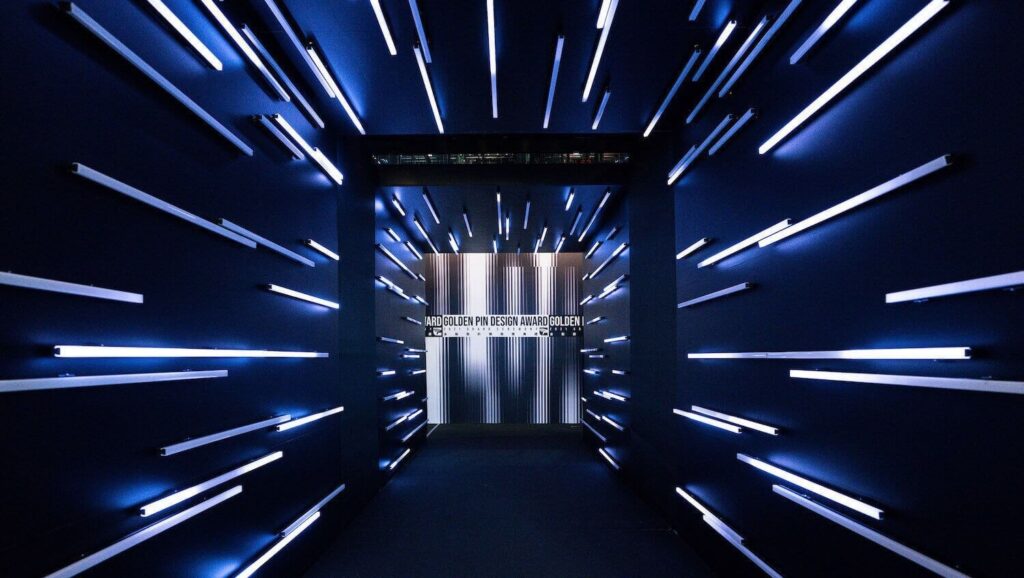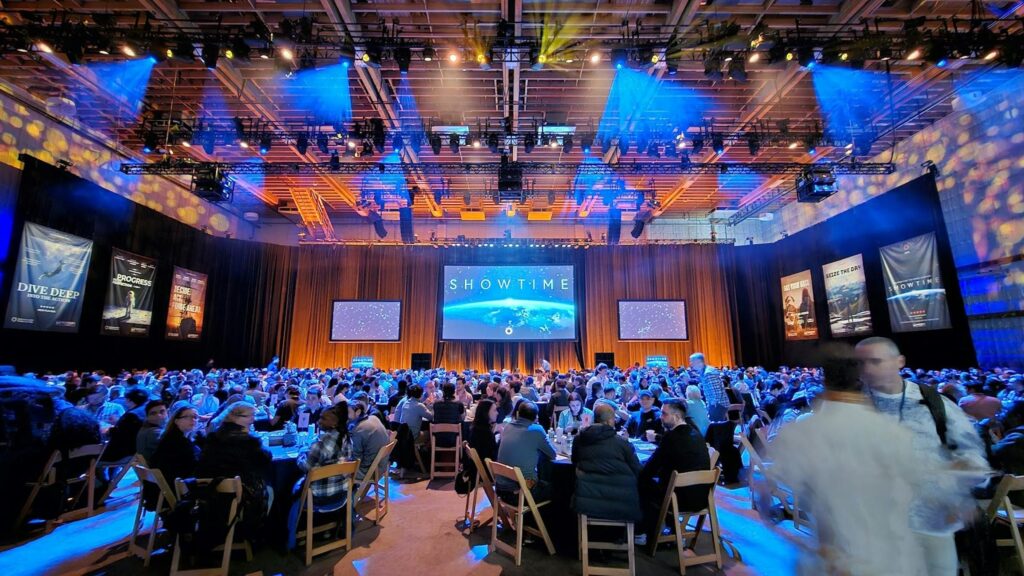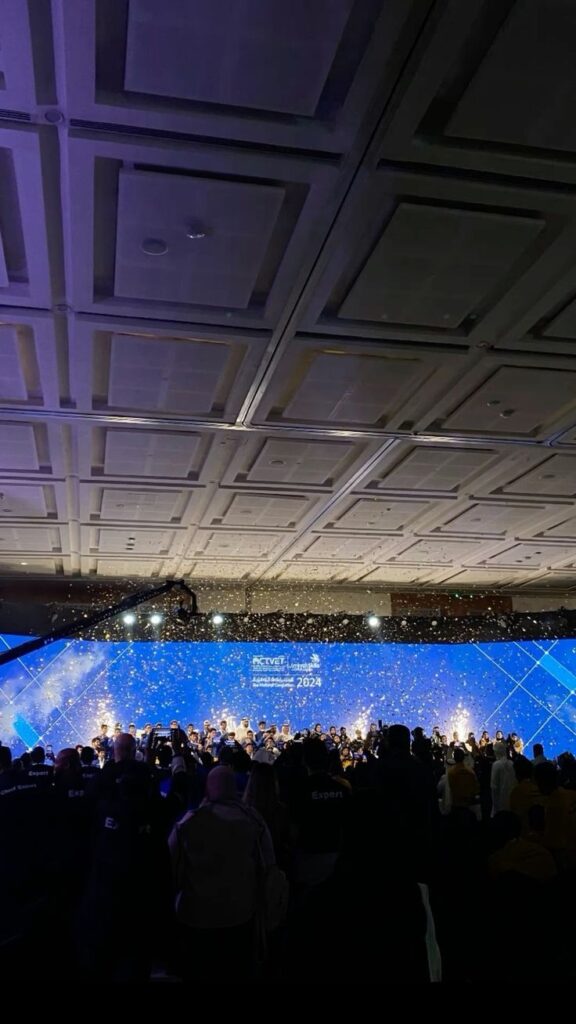Your Ultimate Checklist: How to Plan a Successful Product Launch Event with a Bang!
Launching a new product is an exhilarating, pivotal moment for any brand. It’s your grand opportunity to unveil innovation, showcase years of hard work, and build undeniable momentum from day one. In today’s competitive marketplace, a well-executed product launch event isn’t just a formality—it’s a strategic imperative that can define your product’s initial success and long-term trajectory.
But behind every truly great product launch event is not just a groundbreaking product, but a meticulously detailed plan and a dedicated team ticking off every single box. Whether you’re orchestrating a small, intimate in-house reveal for key stakeholders or a high-profile, multi-platform media extravaganza, this comprehensive checklist will help you navigate the complexities, ensuring your product launch is not only memorable but also wildly successful.

Define Clear Objectives: Your Launch's True North
Before you dive into venue scouting or catering menus, hit pause and ask yourself the foundational questions:
- What is the primary goal of this launch event? Is it to generate massive brand awareness, secure extensive media coverage, capture a specific number of qualified leads, drive immediate sales conversions, or perhaps all of the above?
- Who is your core target audience for this event? Are they investors, media professionals, industry influencers, potential customers, existing clients, or internal teams?
- What single, most crucial message do you want attendees to walk away with? What feeling or understanding should they carry with them?
Clarity on these points is paramount. These objectives will serve as your North Star, guiding every subsequent decision—from the choice of venue and the invite list to the event’s content, post-event follow-up, and ultimately, how you measure success. Without clear objectives, even the most elaborate event can fall flat.
Assemble a Dream Launch Team: Collaboration is Key
A truly successful product launch event is never a solo endeavor; it thrives on seamless collaboration. Assign clear roles and responsibilities to a dedicated team early in the planning process to ensure all bases are covered efficiently.
Key Roles for Your Launch Squad:
- Project Manager (The Orchestrator): Oversees the entire event, manages timelines, budgets, and ensures all moving parts align.
- Marketing Lead (The Storyteller): Handles pre-event promotions, digital campaigns, social media buzz, and overall communication strategy.
- PR Coordinator (The Media Maestro): Manages media outreach, press kits, influencer collaborations, and secures valuable coverage.
- Creative Team (The Visionaries): Designs all branding elements, event assets, signage, visual displays, and often the overall event aesthetic.
- Tech Support (The Backbone): Manages all audiovisual requirements, live streaming setups, product demo stations, and ensures seamless technological execution.
- Logistics & Operations Lead (The Detailer): Handles venue liaison, vendor management, guest flow, registration, and on-site coordination.
Budget Wisely: Financial Foresight for Flawless Execution
Underestimating costs is a common pitfall. Prepare a meticulously detailed budget that accounts for every potential expense, and be realistic about where your money will go.
Essential Budget Line Items:
- Venue & Equipment Rentals: Includes the main space, breakout rooms, furniture, and any specialized staging.
- Catering & Hospitality: Food, beverages, service staff. This is where partners like Nosh N Shots truly shine, providing gourmet delights and signature cocktail experiences that elevate the attendee experience.
- Speaker Fees & Travel: If you’re bringing in external experts or key influencers.
- Gifts, Swag, or Product Samples: Branded merchandise or trial versions of your new product.
- Marketing & Media Outreach: Ad spend, PR agency fees, influencer payments.
- Tech & Production Costs: AV equipment, lighting, sound, virtual event platforms, recording.
- Staffing & Security: On-site personnel, ushers, security guards.
- Permits & Insurance: Don’t overlook these legal necessities.
- Contingency Fund: Always allocate 10-15% for unexpected expenses or opportunities.
Track every penny throughout the planning and execution phases to stay on target.
Choose the Right Venue: Setting the Scene for Success
Your venue isn’t just a location; it’s an extension of your brand and the first tangible impression guests will have of your launch event. Select a space that perfectly aligns with your brand image, comfortably accommodates your anticipated audience, and supports all your logistical and technical needs.
Venue Selection Considerations:
- Accessibility & Parking: Easy access for all guests, including public transport options and ample parking.
- Technical Setup: Robust Wi-Fi, power outlets, suitable acoustics, projection capabilities, and space for sound systems.
- Ambience & Aesthetics: Does the venue’s existing decor complement or clash with your brand’s style? Can it be easily transformed?
- Capacity & Layout: Enough space for presentations, demos, networking, and comfortable flow.
- Backup Plans for Outdoor Elements: If your event includes outdoor components, ensure there’s a solid rain plan or alternative covered areas.
- Brand Alignment: Does the venue’s reputation and feel resonate with the new product’s identity?


Develop a Compelling Agenda: Telling Your Story
Your product launch event should tell a captivating story, guiding attendees through a compelling narrative—from your brand’s background and the journey to innovation to the product’s unique value proposition and future vision. A well-structured agenda keeps attendees engaged and ensures your key messages land effectively.
A Typical Engaging Launch Flow Might Include:
- Warm Welcome & Brand Introduction: Setting the stage and building anticipation.
- The Grand Product Reveal: The moment everyone’s been waiting for, often with a live demo or a high-impact video.
- Keynote or Founder Talk: A visionary speech from leadership, articulating the product’s mission and impact.
- Testimonials or Case Studies: Real-world examples of how the product solves problems or creates value.
- Interactive Q&A Session: Allowing attendees to engage directly with product experts or leadership.
- Networking & Hands-On Time with the Product: Crucial for allowing guests to experience the product firsthand and build connections.
- Special Sessions/Breakouts: For deeper dives into features, developer insights, or industry applications.
Build Buzz Before the Event: The Art of Anticipation
The success of your launch doesn’t just happen on the day; it’s meticulously built through a strategic pre-event buzz campaign. Start promoting at least 3–4 weeks in advance, creating a sense of excitement and exclusivity.
Effective Pre-Launch Promotion Strategies:
- Teaser Campaigns: Short, intriguing content snippets on social media across all relevant platforms.
- Personalized Invites: Sending bespoke invitations to key stakeholders, media, and VIPs.
- Targeted Email Campaigns: Engaging your current customer base, subscribers, and industry contacts with compelling reasons to attend.
- Media Alerts & Press Releases: Distributing newsworthy content to relevant journalists and publications.
- Influencer Collaborations: Partnering with industry thought leaders or relevant personalities to amplify your message.
- Countdown Timers & Sneak Peeks: Use visuals, behind-the-scenes clips, or cryptic messages to generate curiosity.
- Exclusive Content Previews: Offering early access to certain details for registered attendees.
Prepare Visual and Technical Assets: Flawless Presentation
The visual appeal and technical seamlessness of your launch are paramount. Every asset should be polished and rigorously tested to avoid last-minute glitches.
Key Assets to Prepare and Test:
- Branded Presentations & Signage: Consistent, high-quality visuals reflecting your brand’s identity and the new product’s features.
- Product Display Stations or Interactive Demo Booths: Well-lit, accessible, and engaging setups for hands-on interaction.
- High-Quality Videos & Promotional Materials: Product walkthroughs, testimonials, brand story videos – all pre-rendered and ready.
- Live Streaming Setup (if virtual or hybrid): Professional cameras, microphones, reliable internet, and a tested streaming platform.
- Lighting, Sound, & Backup Tech: Ensure perfect acoustics, appropriate lighting, and robust backup systems for every piece of critical equipment.
- Interactive Kiosks/Screens: Pre-loaded content and fully functional for guest interaction.
Test everything multiple times in the actual venue with your AV team to catch any issues before guests arrive.
Engage the Audience: Make it Interactive and Memorable
A passive audience is a forgettable audience. Make your guests feel actively involved and part of the experience. The more they engage, the deeper their connection with your product and brand will be.
Strategies for High Audience Engagement:
- Interactive Demos: Allow attendees to try the product themselves, guided by experts.
- Live Polls or Quizzes: Use technology to gather real-time opinions or test knowledge (especially effective in virtual events).
- Social Media Photo Ops or Hashtags: Create designated, branded areas for photos and encourage sharing with a unique event hashtag.
- Giveaways or Product Trials: Offer opportunities to win or experience the product firsthand.
- Live Testimonials or Shoutouts: Integrate real-time positive feedback into the program.
- Q&A Sessions with Product Experts: Encourage direct interaction and address attendee queries.
- Gamification: Incorporate challenges or leaderboards to encourage participation.
- Curated Networking Opportunities: Facilitate connections among attendees. Nosh N Shots can enhance these moments with unique culinary stations and bespoke beverage experiences, transforming simple networking into a vibrant social experience.


Capture the Moment: Documenting Your Success
Don’t let your hard work go undocumented. High-quality visual content is invaluable for post-event marketing and proving ROI.
Key Documentation Elements:
- Professional Photographer & Videographer: Hire skilled professionals to capture candid moments, key presentations, audience reactions, and product close-ups.
- Event Highlights Video: A concise, energetic video capturing the best moments for social media and press kits.
- High-Resolution Photo Gallery: For internal use, press releases, and marketing materials.
- Interviews: Capture testimonials from key attendees, influencers, or your own team members.
- If a Virtual Launch, Record the Entire Event: Offer it for on-demand viewing, allowing those who couldn’t attend live to experience the launch.
These visuals are reusable assets that can fuel your content strategy for months to come.
Follow Up After the Launch: Sustaining the Momentum
The launch event is just the beginning. The follow-up strategy is crucial for converting excitement into long-term impact and measurable results. Don’t let the energy and investment fade away.
Essential Post-Launch Activities:
- Send Timely Thank-You Emails: Express gratitude to all attendees, partners, speakers, and your internal team.
- Share Event Highlights: Distribute photos, videos, and key takeaways across your social media channels, website, and internal newsletters.
- Reach Out to Media & Influencers: Provide them with comprehensive press kits, high-res images, and any requested information to facilitate their coverage.
- Monitor Feedback & Social Mentions: Actively listen to what people are saying about your event and product online. Respond to comments and queries.
- Track Key Performance Indicators (KPIs): Measure your success against the objectives defined in step 1. This could include website traffic, product sign-ups, sales conversions, media mentions, social media engagement, lead generation, and attendee satisfaction scores.
- Internal Debrief: Hold a meeting with your team to review what went well, what could be improved, and document lessons learned for future events.
By meticulously following this checklist, you’re not just planning an event; you’re orchestrating a strategic, impactful moment that can significantly boost your new product’s visibility and adoption. A well-executed launch creates lasting impressions and sets the stage for remarkable growth.
